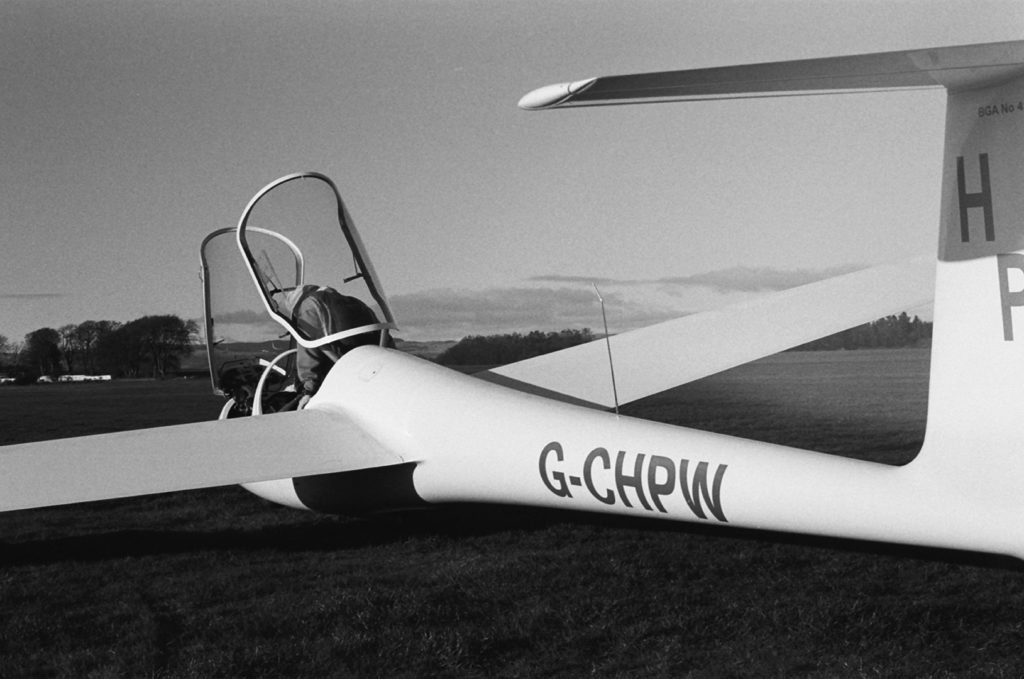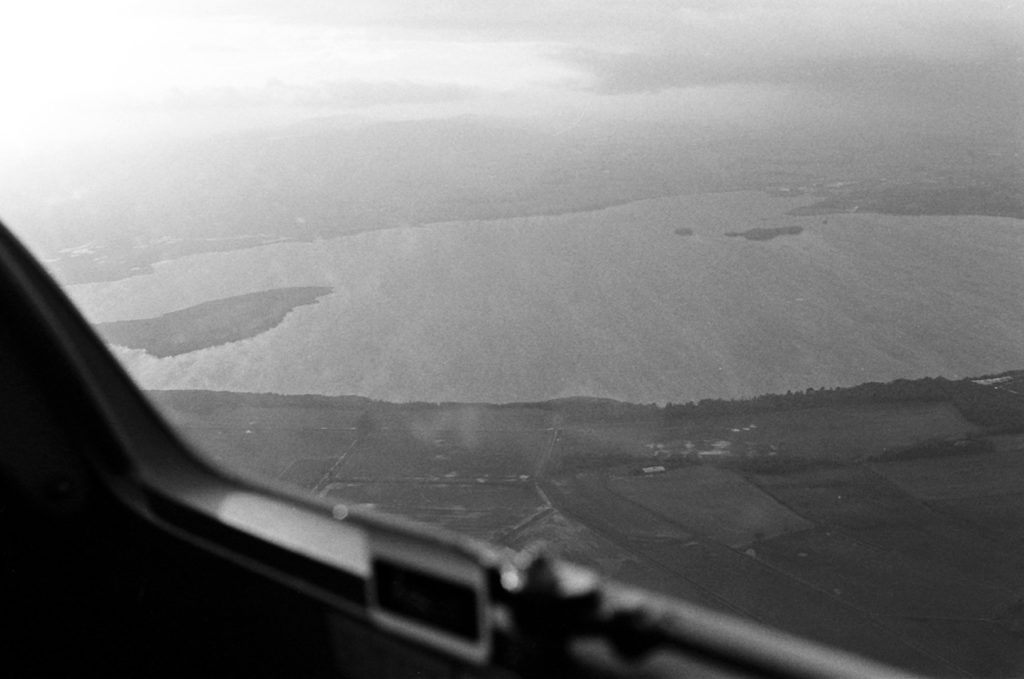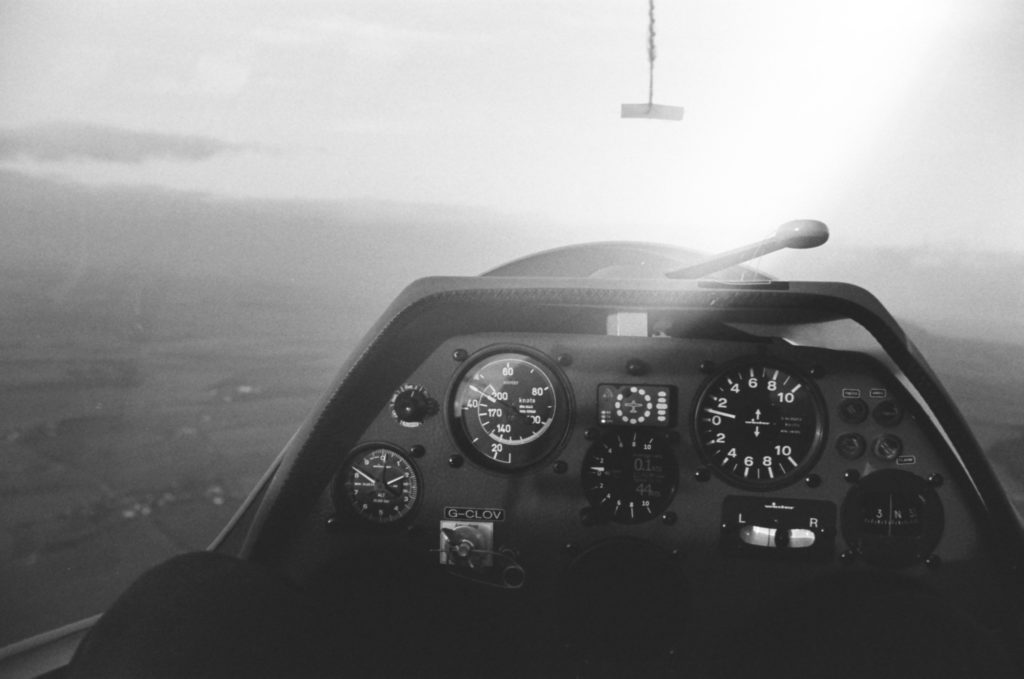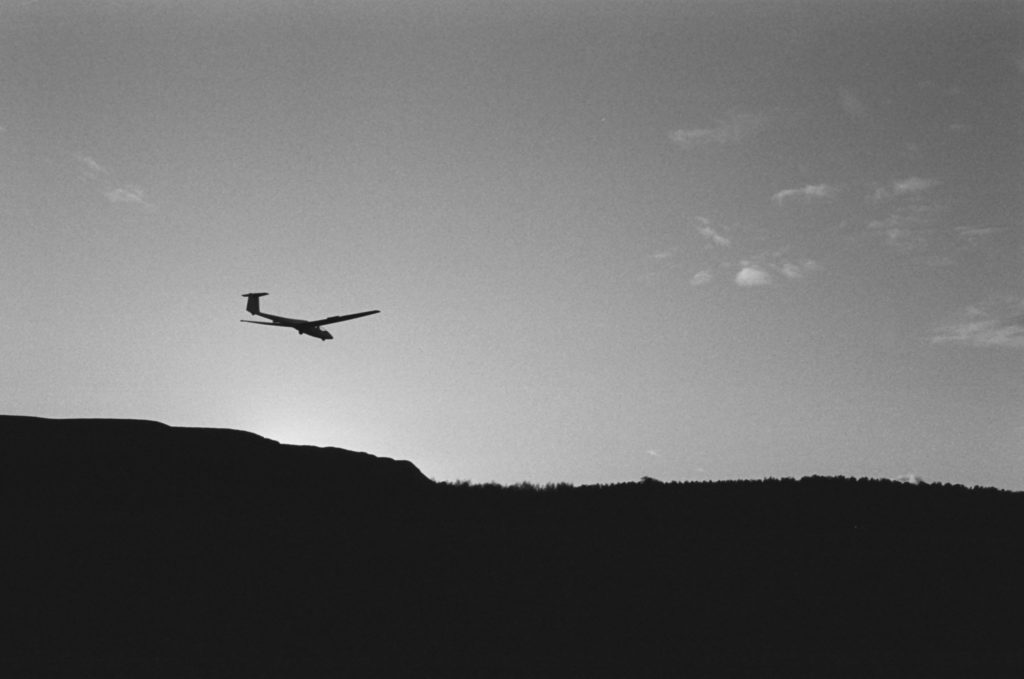
At the start of December, 5 members of the Cambridge University Gliding Club took a trip up to the Scottish Gliding Centre near Edinburgh for the Christmas expedition. They were Chris, Eszter, Hugh, Vu, and the author.
Galleries are available from the index page.
The trip was from 1 to 7 December, which is the first week officially after the full Michaelmas term (when the students are permitted to leave Cambridge without getting into troubles of keeping residence). The CUGC expeditions were traditionally held immediately after each Michaelmas term and Lent term.
The original plan was to go to the Yorkshire Gliding Club (Sutton Bank), but a last minute change was made due to equipment availability reasons.

The Scottish weather in December was not particularly welcoming, and the group only had two and a half days’ flying, with the remaining days being rainy, excessively windy, or overcast. In addition, because of the high latitude of the site, the sunrise was at about 8:30 in the morning, and flight operations ceased at around 15:00 every day due to a lack of daylight. On average, there were about five hours each day flyable.
The weather was distinctively damp, and, as a consequence, icing and misting were severe. Launches were delayed because of the wings iced up, and aborted because of canopy misting problems. Chris abandoned the only launch he got on Tuesday because of the canopy misting in a Junior. The damp weather is not unrelated to the fact that the airfield is close to the sea, and, in addition, a lake called Loch Leven.

When flying was possible, the airfield was understandably busy. Therefore, it was not usual for a pupil to get more than two circuit flights (if no soaring was possible) or a long soaring flight. In this respect, a Christmas expedition is not as good as an Easter expedition, when the days are longer. During the 2018 Easter expedition to Long Mynd (which the author also went to), each pupil was able to get four hours in the air over the week, and significantly more if he was keen, as additional flights were possible after everyone had flown.
When the weather was soarable, wave lift and ridge lift were available, and everybody managed to get some experience in working such sources of lifts, whether it is experiencing it for the first time (in Cambridge the source is thermals), or to refresh the skills and keep current.

Some of my flying videos can be found here and from my channel.
On the other hand, the site itself is benign and forgiving, so Hugh and I, both pre-bronze solo pilots, were cleared for solo after check flights on the first day. There was also a day when the wind was strong, and flying in such windy and gusty conditions were demonstrated to each pupil.

When there was no flying operation, the group visited tourist attractions, including the National Museum of Flight and the Blackness Castle. The group also visited Xtreme Karting and other places. Vu was busy working on a Ph.D. application, so most of the times, it was a group of four that went.

The group was lucky enough to have two drivers with cars, so no complex arrangement of the transport was necessary. On the other expeditions, it may be necessary for several or all of the people to travel by train.
The overall cost of such a trip was moderate, with around three people sharing petrol costs. Accommodation in a gliding club is never unreasonably expensive, and food is served at fair costs. If the weather is good, significant flying costs can result, but that is what a pilot should aim for on such a trip in the first place.
Overall, based on the author’s experience with this one and a previous expedition, this CUGC event is worth recommending, as a good way to relax for a week after a stressful Cambridge term, and, weather permitting, to gain significant gliding experience in an unfamiliar source of lift.
The author predicts the next trip of the same kind will take place on 16-23 March, 2019.

Pictures on Kodak Tri-X 400 TX developed and scanned by Snappy Snaps, Cambridge.